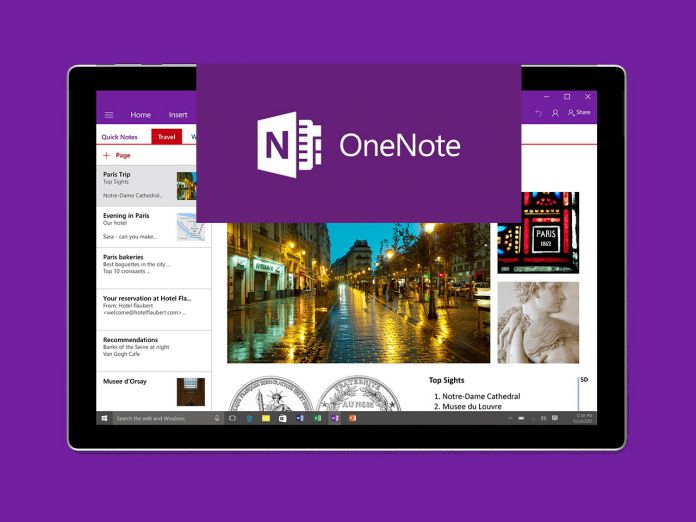However, Microsoft now says it will bring the app back into the development cycle. This means new features will come to the classic OneNote experience. Furthermore, Redmond says it will also become the default applications on new Office installations. That changes will begin in March 2020. Of course, the natural conclusion is this could mean the end for the UWP OneNote for Windows 10. Microsoft says the app will continue to be supported. That said, it makes little sense in Microsoft supported two apps of the same service long term. With that in mind, this seems like another sign the company is turning away from UWP. According Microsoft, it is re-committing to OneNote 2016 because of feedback from users. Many Windows 10 users preferred the older app and it is worth noting the UWP and 2016 OneNote versions never had a uniformed feature set. One area of interest is for some time the UWP app has been receiving regular updates whereas OneNote 2016 has been locked in maintenance mode.
Moving from UWP?
This is another step towards Microsoft moving away from Universal Windows Platform (UWP) and marrying Win32 support. Instead, the company is looking for a blanket Windows experience that will be sent out under “Windows apps”. Also at Ignite 2019, Microsoft released Win3.0 Alpha in preview. WinUI 3.0 alpha will begin on UWP, according to enterprise software developer Ginny Caughey (@gcaughey on Twitter). Windows 10 UI will now be separated entirely from the UWP software development kit (SDK). Developers creating Windows 10 applications can work across who wants to build a new app Win32, UWP, .NET Core, or C++. Microsoft has promised more frameworks will be supported soon. Earlier this year, Microsoft detailed its roadmap for merging UWP and Win32 for a unified app experience. Its XAML Islands v1 lets .NET and Win32 apps host UWP XAML controls.




